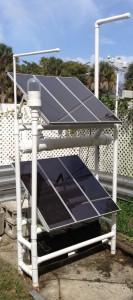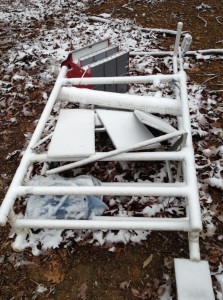Ok. It has been 6 years since we setup our remote site, although it is still a “In Works Project” we wanted more direct access. Meaning a URL rather than an IP number (dynamic). Problem is the only ISP in town uses Dynamic IP numbers and was clueless on providing Static IPs. So todays project, a work-a-round.
Heard good things around OpenDNS.com. Installed all their software, followed their direction, still no “IP report” from the mountains. Checked GoDaddy, where we purchased our domain names, and On-Rev.com who we do our hosting with. No good options for DNS reporting/lookup.
Tried dnsomatic.com, almost got there, was supposed to work with OpenDNS, but the connection was never made.
Then, at last, noip.com. Their site isn’t clear on charges and what features you get with what plan. But the free plan seems to work for our needs. HOWEVER it could expire in 30 days. At one point we saw $14.95 a month for their plan… HUM, a static IP generally costs that! It could have been per year, we need to look deeper.
But we can now get to our remote site using hostname.no-ip.org, perfect.
Now lets see how long, cheap lasts! Will report back on progress.
 Before Install
Before Install  Damage Results
Damage Results